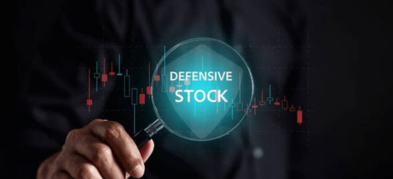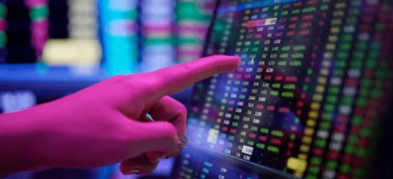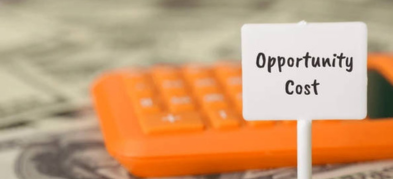Important Information
This website is managed by Ultima Markets’ international entities, and it’s important to emphasise that they are not subject to regulation by the FCA in the UK. Therefore, you must understand that you will not have the FCA’s protection when investing through this website – for example:
- You will not be guaranteed Negative Balance Protection
- You will not be protected by FCA’s leverage restrictions
- You will not have the right to settle disputes via the Financial Ombudsman Service (FOS)
- You will not be protected by Financial Services Compensation Scheme (FSCS)
- Any monies deposited will not be afforded the protection required under the FCA Client Assets Sourcebook. The level of protection for your funds will be determined by the regulations of the relevant local regulator.
Note: Ultima Markets is currently developing a dedicated website for UK clients and expects to onboard UK clients under FCA regulations in 2026.
If you would like to proceed and visit this website, you acknowledge and confirm the following:
- 1.The website is owned by Ultima Markets’ international entities and not by Ultima Markets UK Ltd, which is regulated by the FCA.
- 2.Ultima Markets Limited, or any of the Ultima Markets international entities, are neither based in the UK nor licensed by the FCA.
- 3.You are accessing the website at your own initiative and have not been solicited by Ultima Markets Limited in any way.
- 4.Investing through this website does not grant you the protections provided by the FCA.
- 5.Should you choose to invest through this website or with any of the international Ultima Markets entities, you will be subject to the rules and regulations of the relevant international regulatory authorities, not the FCA.
Ultima Markets wants to make it clear that we are duly licensed and authorised to offer the services and financial derivative products listed on our website. Individuals accessing this website and registering a trading account do so entirely of their own volition and without prior solicitation.
By confirming your decision to proceed with entering the website, you hereby affirm that this decision was solely initiated by you, and no solicitation has been made by any Ultima Markets entity.
I confirm my intention to proceed and enter this websiteWhat is Quant Trading Explained
Quantitative trading, or quant trading, is the use of mathematics, statistics, and software to find and execute trades in a systematic way. Instead of relying on hunches, you codify rules, test them on data, and let the computer act when your rules are met.
Knowing what is quant trading is helps you understand why markets move the way they do and how professionals manage risk at scale.
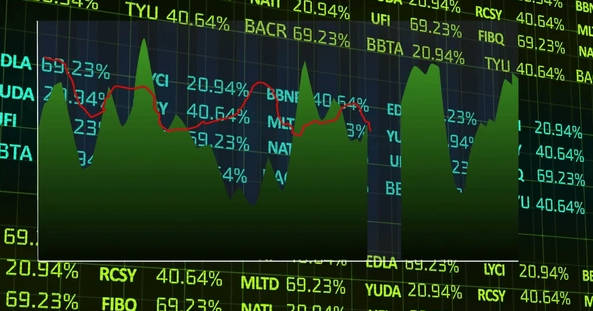
What is Quant Trading Explained
Quant trading is data-driven trading where models generate signals and computers help execute them with discipline.
That single idea explains why quants care so much about clean data, robust models, and reliable execution.
Quant vs Algorithmic Trading
These terms overlap, but they are not identical. Understanding the difference helps clarify what quant trading is:
- Quant trading uses statistical and mathematical methods to identify opportunities. Execution can be automated or manual.
- Algorithmic trading focuses on the automation itself. Algos can analyse price action and place orders for you.
Think of quant as the brain that builds the strategy, and algo as the hand that carries it out.
How Quant Trading Works
To answer what is quant trading in practice, think in layers. The process typically includes four components that loop continuously.
Strategy
Start with a hypothesis you can measure. For example, you suspect that after unusually high volume in a stock, the next one hour tends to move in the same direction. You define the signal precisely and write it as code.
Backtesting
Apply the rules to historical data to estimate returns, drawdowns, and risk. You check whether your edge survives out-of-sample tests and realistic costs. To avoid overfitting, you keep models simple and validate them on fresh time periods.
Execution
Decide how the order is sent to market. Some traders press the button manually. Others use execution algos such as VWAP, TWAP, or participation rate to reduce slippage and spread costs. You monitor fill quality and reject abnormal executions.
Risk Management
Allocate capital sensibly, set maximum loss limits, and define kill switches. You control concentration across models, avoid correlated bets, and track live performance versus backtest expectations.
What Data Do Quants Use
Price and volume remain the core inputs, but quants also use any signal that can be turned into numbers:
- Implied volatility
- Order book features
- Fundamentals expressed as ratios
- Alternative data such as news feeds or social sentiment
The rule is simple: if it can be measured and validated, it can be part of a model.
Common Quant Trading Strategies
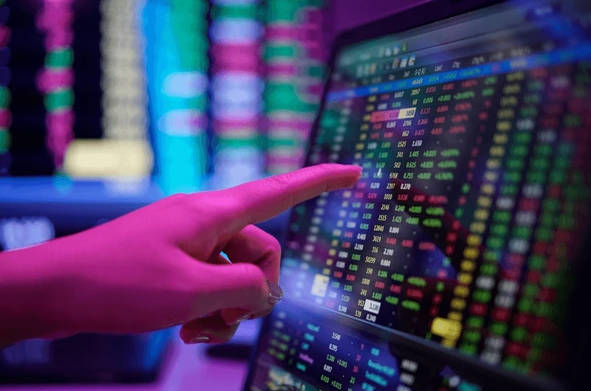
Mean Reversion
Prices often wander around a long-term average. You buy when the series is unusually low and sell when it is unusually high. Pairs trading extends this idea to two related assets.
Trend Following
You identify persistent momentum and ride it until it weakens. Signals can be as simple as moving average crossovers or as advanced as regime detection that adapts position size.
Statistical Arbitrage
You build baskets of similar securities and bet that relative performance will converge back to a fair spread.
Pattern Recognition and Order-Flow Inference
You detect recurring execution patterns that suggest large orders are being worked across venues. You use that information to improve timing and reduce impact.
Behavioural Bias Recognition
You look for quantifiable footprints of human biases, such as cutting winners too early or adding to losers, and build rules that trade against those tendencies.
ETF and Index Rule Effects
You study how index additions and deletions can trigger mechanical buying or selling by ETFs and plan executions around those rules.
Not every quant is high-frequency. Many strategies trade a few times per day or week and still benefit from systematic design.
A Simple Quant Example
Suppose you hypothesise that the FTSE 100 tends to drift up at certain times of day. You collect decades of intraday data, calculate average forward returns at each minute, and find that 11:15 am shows a small but consistent upward bias.
You then:
- Convert the finding into a rule with entry and exit times.
- Backtest with realistic costs and slippage.
- Add risk limits and filters for high-volatility days.
- Decide whether to execute manually or through a time-slicing algo.
Even this basic idea demonstrates the quant cycle: from hypothesis to live trading.
Tools, Skills, and Roles
Quants combine market knowledge with coding and statistics.
- Languages: Python for research, C++ or Java for speed, SQL for data.
- Libraries: pandas and NumPy for data handling, scikit-learn for modelling.
- Concepts: probability, time series, drawdown control, Value at Risk, position sizing.
- APIs and Feeds: to ingest prices, manage orders, and retrieve fills.
If you are new, start with paper trading. Build one simple rule, track execution quality, and only then scale.
Costs Matter More Than You Think
Even strong strategies can fail if costs or risks are ignored.
- Costs – Spreads, commissions, taxes, and slippage can erode profits.
- Model risk – A rule that worked before may fail in new conditions.
- Overfitting – Too many parameters may fit noise instead of real signals.
- Operational risk – Coding errors or bad data can cause losses.
- Shock events – Market crashes can break assumptions in seconds.
Managing these risks is as important as building the strategy itself.
Quant Trading vs Traditional Trading
| Aspect | Quant Trading | Traditional Trading |
| Decision basis | Data, statistics, rules | Human judgement and narrative |
| Speed | Computer-assisted | Manual |
| Scale | Many markets at once | Limited to trader’s focus |
| Discipline | Rules run as written | Prone to emotion |
| Transparency | Can be a black box | Easier to explain step by step |
Both approaches can succeed, but quant offers scale and consistency that humans alone cannot match.
Quant Trading in Forex
FX is deep and continuous, which suits systematic methods. Many traders use:
- Trend and carry filters to stay aligned with broader flows.
- Volatility-aware execution to reduce slippage during active sessions.
- Venue monitoring to track fill rates across liquidity pools.
Because FX reacts strongly to macroeconomic releases and central bank comments, your rules should include event controls and adaptive position sizing.
So What is Quant Trading?

So, what is quant trading? It is the disciplined use of data and code to create repeatable trading strategies. The rewards are speed, scale, and consistency, but the responsibility lies in careful testing and risk control.
Start small, focus on one idea at a time, and build gradually. With patience and discipline, you can trade more like a professional in today’s fast-moving markets.
Disclaimer: This content is provided for informational purposes only and does not constitute, and should not be construed as, financial, investment, or other professional advice. No statement or opinion contained here in should be considered a recommendation by Ultima Markets or the author regarding any specific investment product, strategy, or transaction. Readers are advised not to rely solely on this material when making investment decisions and should seek independent advice where appropriate.



